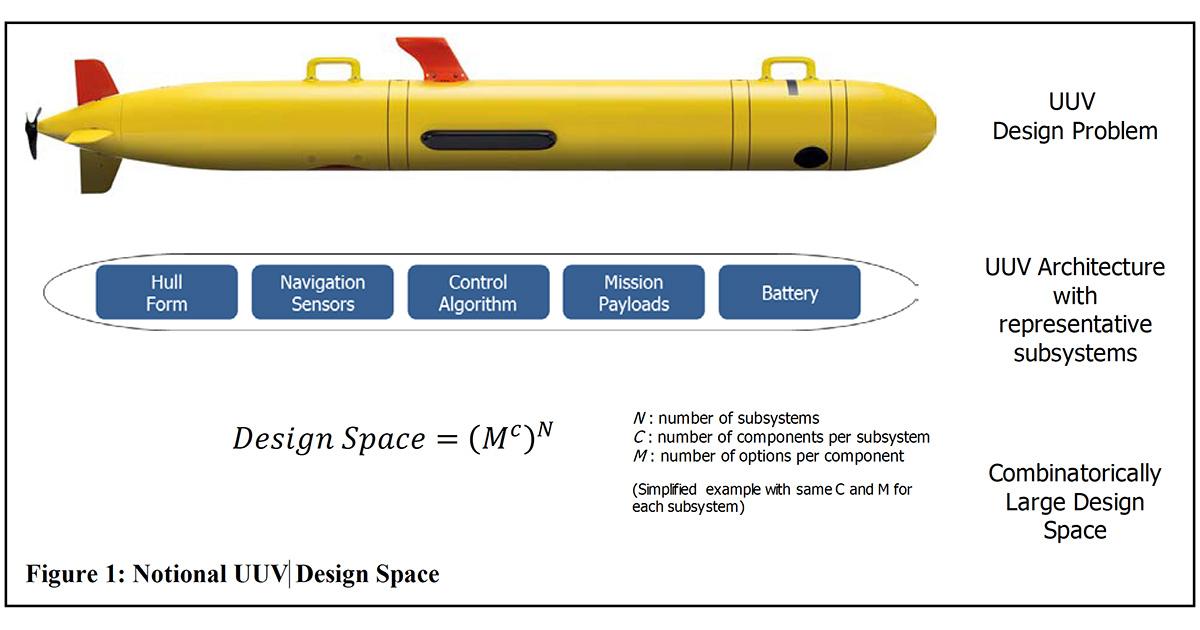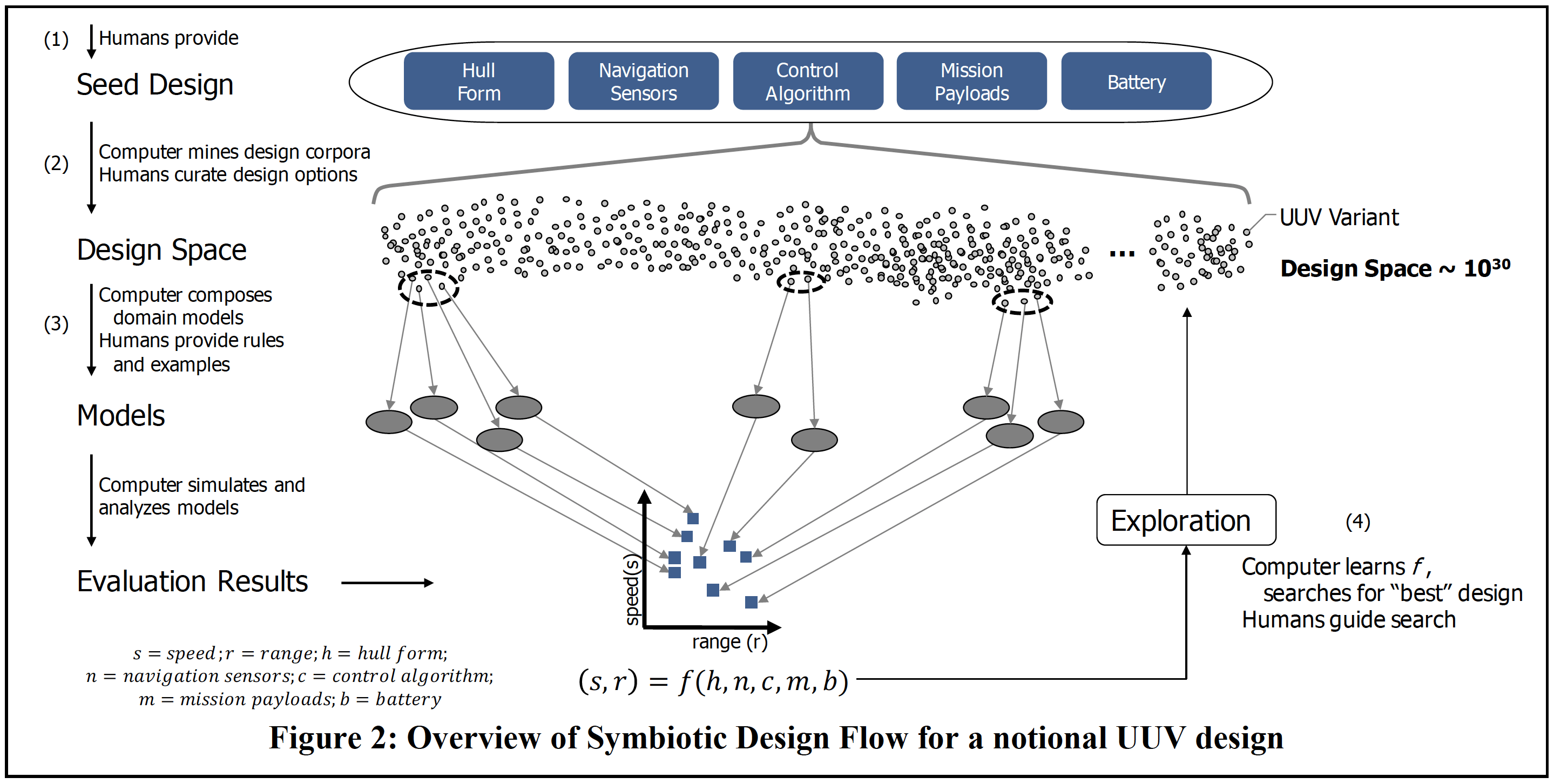DARPA Soliciting AI Solutions for Unmanned Vehicles

According to a pre-solicitation announcement released on 13 August 2019, the Defense Advanced Research Projects Agency (DARPA) is soliciting innovative research proposals in the area of AI-based approaches for design of military-relevant cyber-physical systems (CPS).
CPS are instrumental to current and future Department of Defense (DoD) mission needs, including unmanned vehicles, weapon systems, and mission platforms. These systems and platforms integrate cyber and physical subsystems, and the enormous complexity of the resulting CPS has made their engineering design a daunting challenge. An immediate consequence of this complexity is development cycles with prolonged timelines that challenge DoD’s ability to counter emerging threats.
 The overarching goal of the program is to develop AI-based approaches to complement and augment existing model-based design technologies, and enable humans and computers to collaborate on correct-by-construction design of CPS. For example, consider a vignette conducting the design of a notional UUV depicted in Figure 1 (system) and Figure 2 (design flow).
The overarching goal of the program is to develop AI-based approaches to complement and augment existing model-based design technologies, and enable humans and computers to collaborate on correct-by-construction design of CPS. For example, consider a vignette conducting the design of a notional UUV depicted in Figure 1 (system) and Figure 2 (design flow).
Figure 1 is an architectural view of a notional UUV, along with a few representative subsystems and components that span multiple design domains – for example, hull form, navigation sensors, control algorithms, mission payloads, and battery. The design space for such a system, even when considering only alternative implementations of subsystems and components is combinatorically large. Further, the selection decisions across these subsystems are closely coupled. The choice of hull form determines the dynamics of the vehicle, and consequently the control algorithm. The choice of desired mission payloads and their placement is coupled with the hull form that constrains the internal layout. The desired mission profile, the sensors and payloads, and propulsion power requirements determine the battery type and size, which in turn couples with placement and thermal management. These interactions and couplings need to be accounted for in the modeling and the resulting multi-domain design spaces need to be jointly explored.
Figure 2 illustrates the envisioned design flow, described below:
- The design flow begins with human designers providing design specifications (performance objectives, dimension targets, mission payloads, etc.) for the UUV, as well as initial seed design(s). The seed design includes an architectural description with major subsystems (such as hull, navigation sensors, control algorithms, etc.,) and components as well as relevant domain models.
- The AI co-designer extracts features from the subsystems and components in the seed design, and finds functionally equivalent components and subsystems in a design corpus of past designs. Human engineers refine the output of the AI co-designer, adding options or removing non-viable options based on their design experience and expertise. The outcome is a design space that includes options for subsystems and components.
- The AI co-designer and human engineers jointly identify regions and points within the design space for composition and evaluation. A design point is a selection of one option for each subsystem. Composed models are evaluated in domain-specific engineering tools, using provided evaluation scenarios. The evaluation takes places in multiple tools – for example, computer-aided design (CAD) tools may be used to calculate inertial matrices, which may be used in dynamics models for evaluation of control performance, while power and thermal models may be used to evaluate battery performance. The aggregated evaluation results are high-level performance objectives (e.g. speed and range for the notional UUV).
- The AI co-designer learns the mapping from design space to performance space (function f in the Figure 2), and identifies the next design points to sample to find a “best” design. The learning of this mapping takes place during exploration, however, the AI co-designer can leverage background knowledge learned offline to accelerate the exploration. Human designers modulate the selection of design points, steering the exploration towards feasible and optimal regions. The outcome of the exploration is the digital representation of a design (digital twin) that is close to optimal with respect to the desired specifications.
The program will address several hard technical challenges to develop the core capabilities of the AI co-designer: design space construction, design composition, design space exploration, and symbiotic exchange.
- Design Space Construction – The program seeks technologies to generate design options for a given design problem. The challenge for Symbiotic Design is to develop approaches for mining heterogeneous engineering domain artifacts to discover a viable space of potential solutions.
- Design Composition – The program seeks technologies to compose models for a set of chosen design options to enable evaluation in domain-specific engineering tools. Previous approaches to model composition relied on a prescribed set of rules for automatic derivation of engineering domain artifacts from architectural descriptions. The challenge is to enable the learning of synthesis rules from data and examples to allow design composition at scale necessary for Symbiotic Design.
- Design Space Exploration - The program seeks technologies to explore high-dimensional multi-domain design spaces that are typical of CPS. The challenge is to develop scalable, adaptive and incremental search strategies that can efficiently explore heterogeneous multi-domain design spaces, and are amenable to guidance and steering by human designers.
- Symbiotic Exchange – The program seeks technologies to enable visualization and manipulation of high-dimensional design spaces, as well as natural, context-aware, and anticipatory interfaces to facilitate human machine collaboration.
In order to concretize and ground the research objectives, the program will prioritize challenge problems in CPS that are relevant to DoD. However, it is anticipated that the tools, toolchains, and algorithms created will be relevant to other CPS. The resulting technology from the program will be in the form of a set of publicly available tools integrated into a symbiotic design environment that will be made widely available for use in commercial and defense sectors.
The solicitation can be read at fbo.gov by searching: HR001119S0083.
Companies interested should submit abstracts no later than 29 Aug. 2019, and full proposals no later than 14 Oct. 2019 to the DARPA BAA Website.

